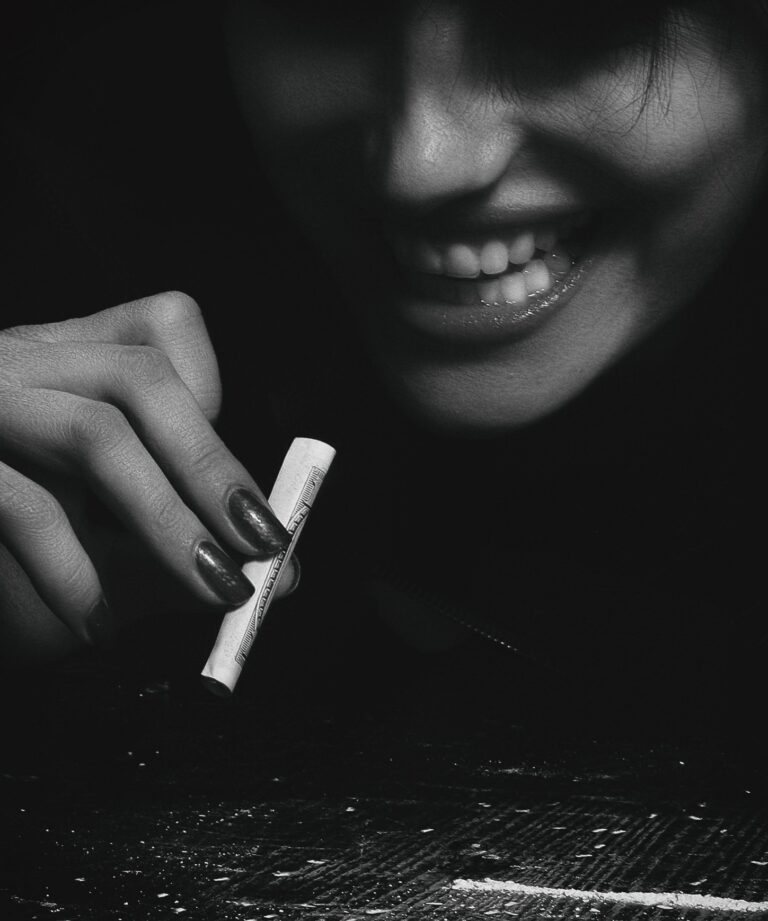4 Important Things To Know When Asking if All UV Rays Harmful?
Warm summer days offer plenty of opportunities to have fun in the sun. Nevertheless, the chances of damaging unprotected skin are also high. The sun emits three different UV rays—UVA, UVB, and UVC. While all these types of UV rays can potentially damage your skin, each type affects your health differently. Of the three, UVA and UVB rays cause the most significant sun damage.
UVA rays account for 95 percent of the radiation that reaches the earth’s surface. UVA rays are weaker than their counterparts, but they can cause sun spots, wrinkles, and other premature ageing issues. UVB rays are more potent than UVA rays. As a result, they affect the skin’s top layer and cause sunburns and skin cancer.
Short-wavelength UVC poses the most significant risk of damage. But the good news is that it is completely filtered by the atmosphere and therefore doesn’t reach the earth’s surface. People who work with mercury lamps and welding torches might, however, be exposed to UVC rays. However, UV rays are harmful, and shielding your skin from them might be the best thing you can do to prevent premature ageing, skin cancer, and other types of sun damage.
4 Thinks To Know When Asking if All UV Rays Harmful?
The Popular Use of UV Rays
There are several ways UV radiations are purposefully used to get the desired outcome. One key example is tanning. Exposing your skin to UVB results in increased vitamin D production, which is highly important for your body. However, too much exposure can result in negative results.
UV radiations are also used for industrial, medical, and dental practices for various purposes, including creating fluorescent effects, killing bacteria, phototherapy, and curing inks and resins. It is worth remembering that the wavelengths and intensities of UV radiations vary based on the purpose.
For instance, UV rays are capable of inactivating bacteria and viruses. Currently, various industries use artificially produced UVC for multiple purposes that range from sterilizing surfaces of things like medical equipment to treating drinking water. UV radiations are also used to alter the chemical composition of a particular substance. One of the popular applications of this practice is curing, where UV rays are used to harden special glues quickly.
Types of UV Rays
UV radiations are present in three forms, as mentioned earlier—UVA (longest wavelength), UVB (medium wavelength), and UVC (shortest wavelength). UVA rays have higher wavelengths and lower energy levels than their counterparts. This means they penetrate deeper into your skin, causing damages like spots, wrinkles, and premature skin ageing.
They are also linked to some skin cancers and can cause indirect damage to DNA. UVA rays can result in immediate tanning and can sometimes cause a sunburn. These are the primary type of light used in tanning beds with a combination of UVB rays.
UVB with shorter wavelengths and higher energy levels than UVA rays causes the most damage to the outer layers of the skin. For instance, just 15 minutes of UVB exposure can result in severe sunburn. In addition, there is a strong link between UVB rays and direct DNA damage. They also contribute to premature skin ageing and cause most skin cancers.
UVC rays have the shortest wavelength and the highest energy of all three types of UV radiations. For this reason, they can cause the greatest damage. Luckily, the ozone layer thoroughly filters out the UVC radiation, so they never reach the ground. Nevertheless, UVC rays are also emitted by artificial sources like mercury lamps, welding torches, and bacteria-killing light bulbs. UVC rays can cause severe damage to skin and eyes, including lesions, burns, ulcers on the skin.
Why UV Rays are Harmful
UV radiations are a human environmental carcinogen. There is solid evidence linking sun exposure to three types of skin cancer—basal cell carcinoma, melanoma, and squamous cell carcinoma. Additionally, research shows that nearly 90 percent of skin cancers happen due to UV radiation. UV radiations can also lead to skin burn, which occurs as a result of skin cell damage.
Extended exposure to UV rays can cause significant damage to the tissue in your eyes, resulting in a burning effect on the eye surface. This is referred to as ‘snow blindness’ or photokeratitis. Even low exposure to sunlight can increase the susceptibility of developing eye damage, such as cataracts, pinguecula, and pterygium.
You should avoid prolonged exposure to sunlight. Cover your face and when you head outside. Hats can help protect your face, Oakley prescription glasses can protect your eyes, and sunscreen will protect your skin. You can also find UV-protecting shirts from brands like Patagonia or O’Neill.
Protect Yourself
All three types of UV rays can damage your skin. It is important to stay aware of how much time you spend in the sun and avoid peak hours. Always wear protective gear and remember to apply sunscreen daily.










